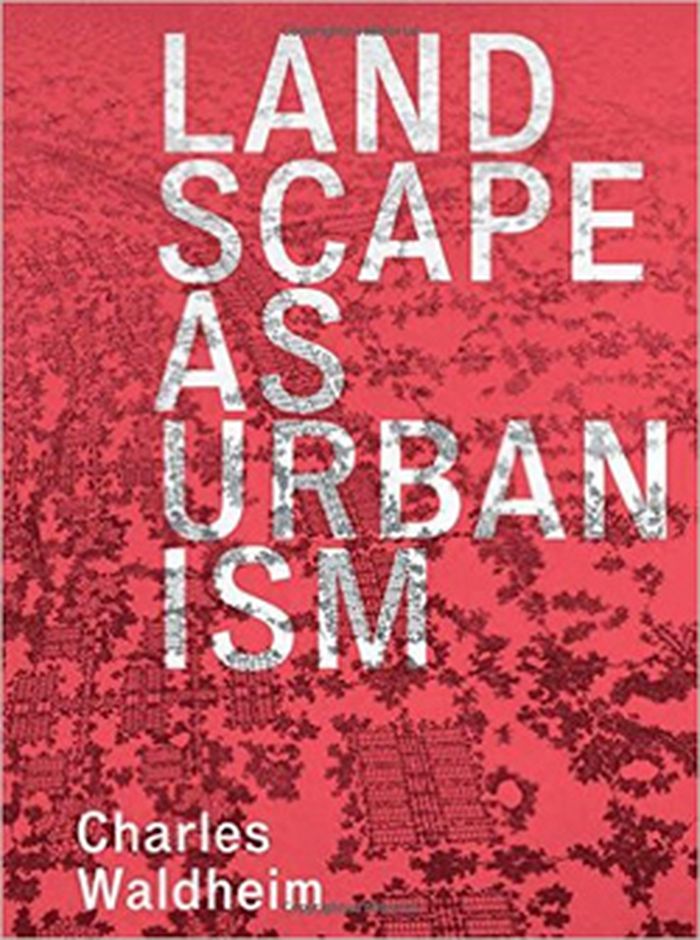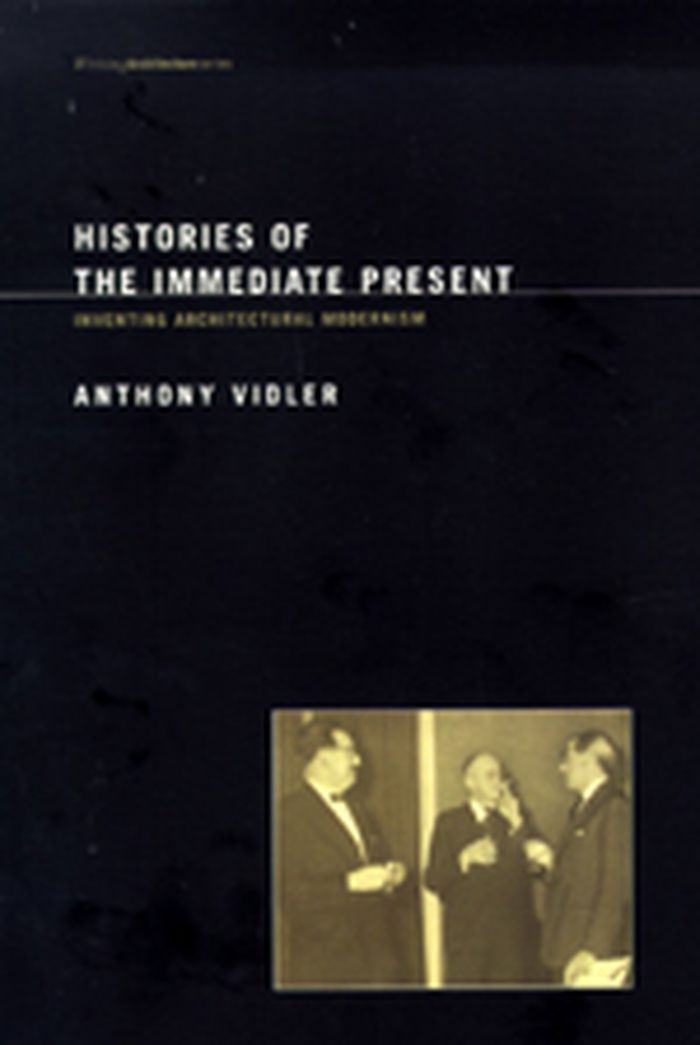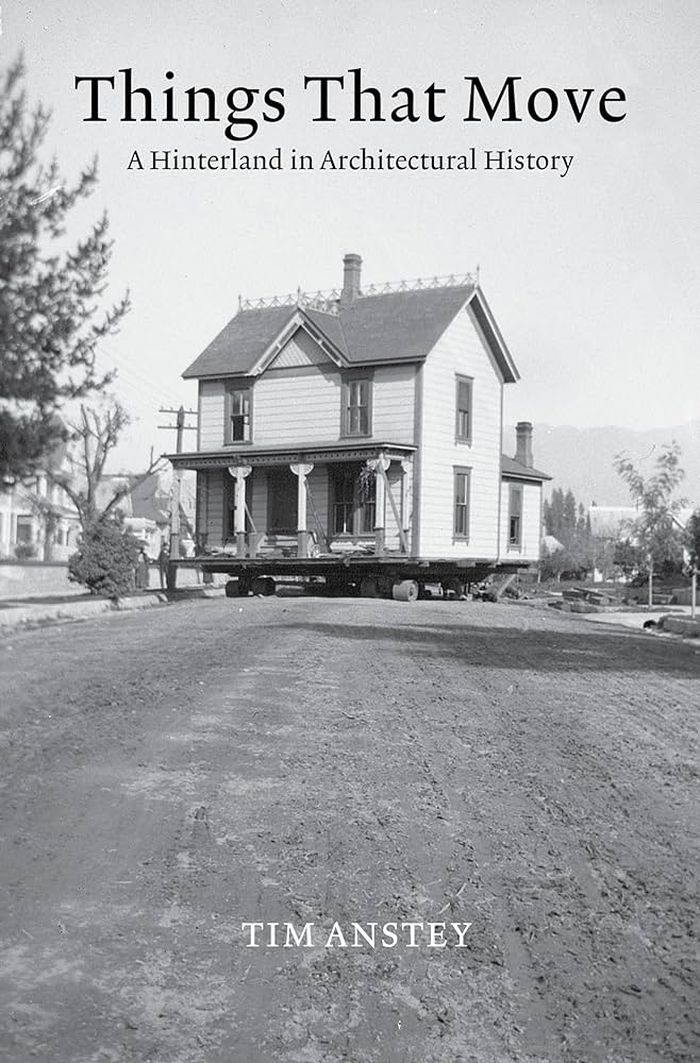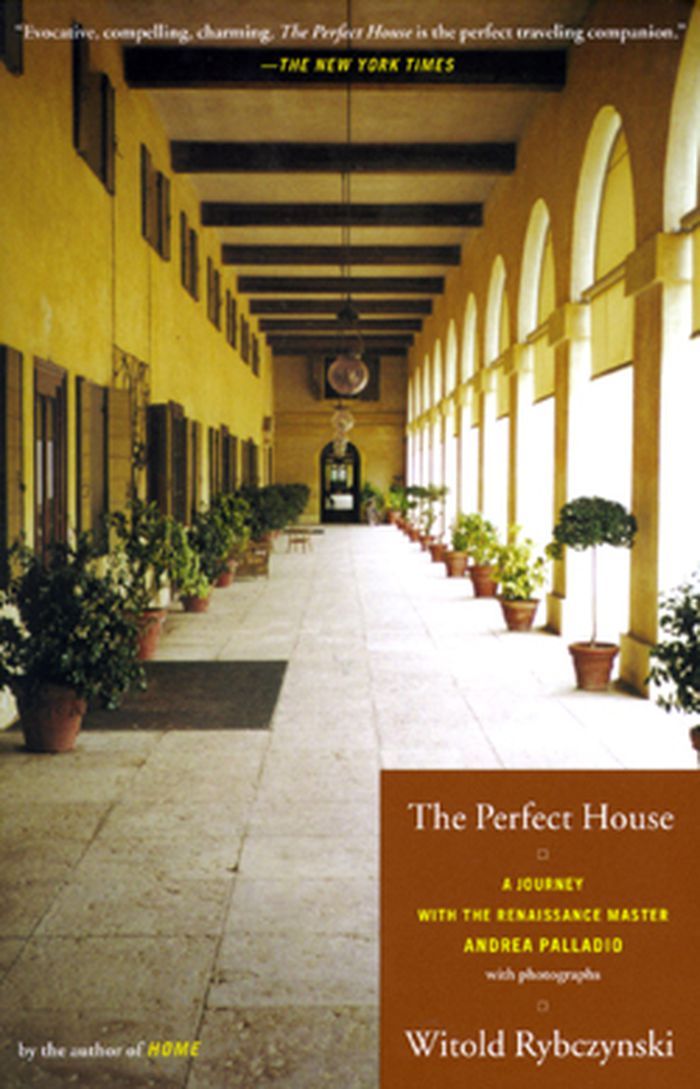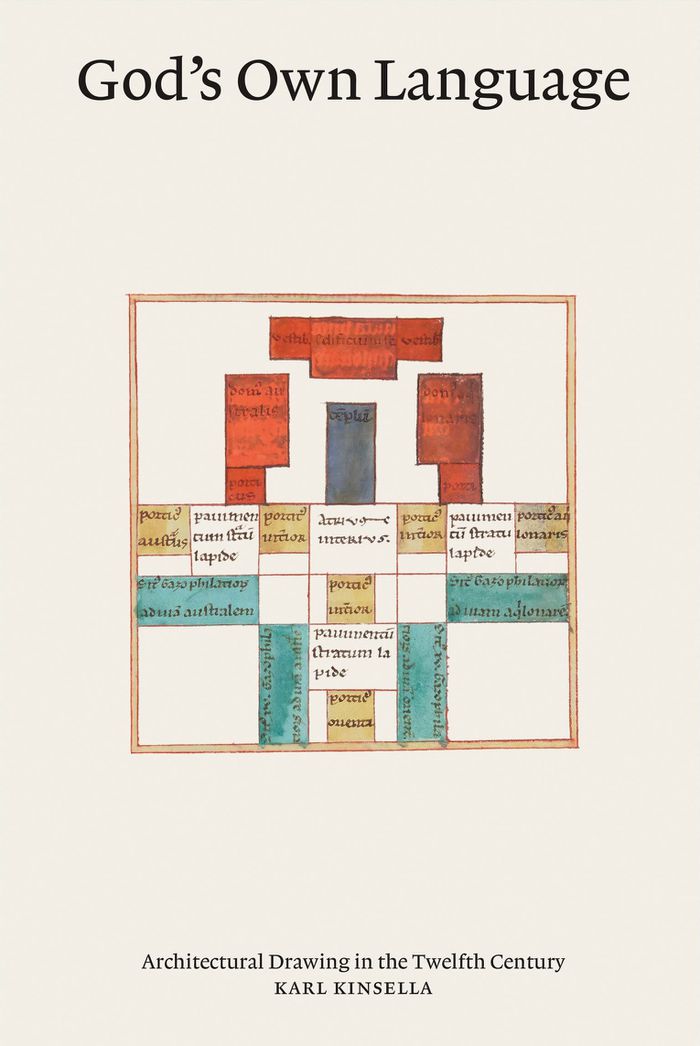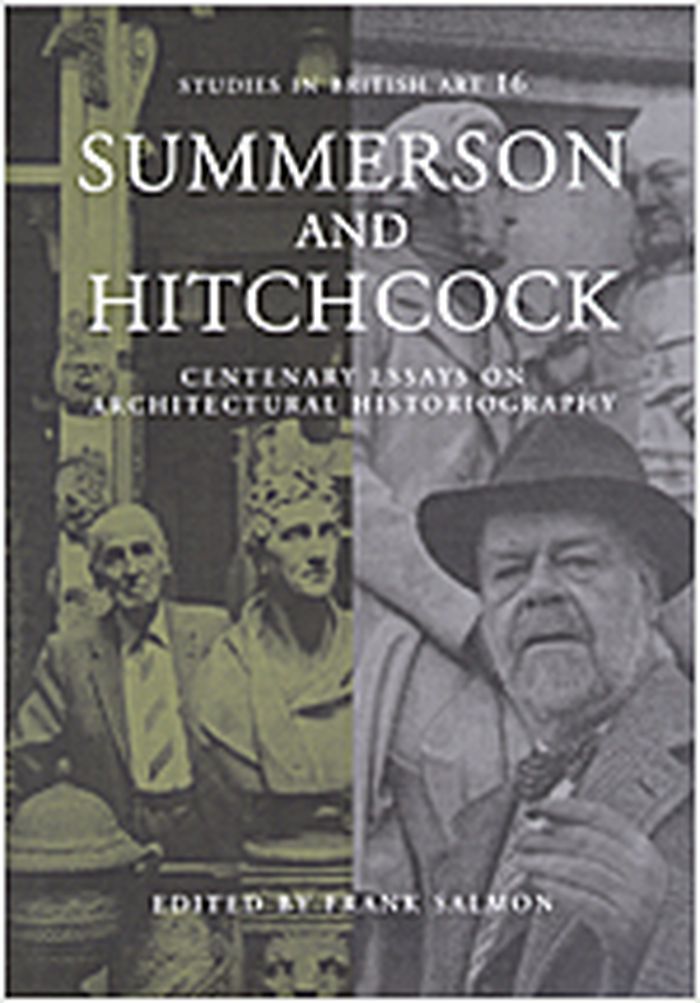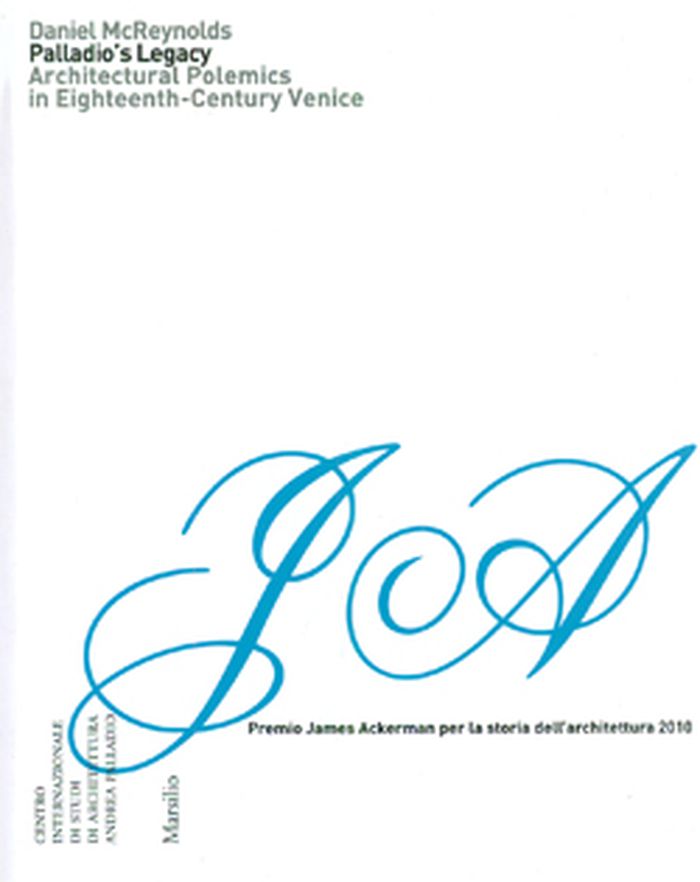$60.00
(disponible sur commande)
Résumé:
Charles Waldheim traces the roots of landscape as a form of urbanism from its origins in the Renaissance through the twentieth century. Growing out of progressive architectural culture and populist environmentalism, the concept was further informed by the nineteenth-century invention of landscape architecture as a "new art" charged with reconciling the design of the(...)
Landscape as Urbanism: A General Theory
Actions:
Prix:
$60.00
(disponible sur commande)
Résumé:
Charles Waldheim traces the roots of landscape as a form of urbanism from its origins in the Renaissance through the twentieth century. Growing out of progressive architectural culture and populist environmentalism, the concept was further informed by the nineteenth-century invention of landscape architecture as a "new art" charged with reconciling the design of the industrial city with its ecological and social conditions. In the late twentieth and early twenty-first centuries, as urban planning shifted from design to social science, and as urban design committed to neotraditional models of town planning, landscape urbanism emerged to fill a void at the heart of the contemporary urban project.
Théorie de l’urbanisme
$42.95
(disponible sur commande)
Résumé:
In this book, Anthony Vidler examines the work of four historians of architectural modernism and the ways in which their histories were constructed as more or less overt programs for the theory and practice of design in a contemporary context. Vidler looks at the historical approaches of Emil Kaufmann, Colin Rowe, Reyner Banham, and Manfredo Tafuri, and the specific(...)
Histories of the immediate present: inventing architectural modernism
Actions:
Prix:
$42.95
(disponible sur commande)
Résumé:
In this book, Anthony Vidler examines the work of four historians of architectural modernism and the ways in which their histories were constructed as more or less overt programs for the theory and practice of design in a contemporary context. Vidler looks at the historical approaches of Emil Kaufmann, Colin Rowe, Reyner Banham, and Manfredo Tafuri, and the specific versions of modernism advanced by their historical narratives. Vidler shows that the modernism conceived by Kaufmann was, like the late Enlightenment projects he revered, one of pure, geometrical forms and elemental composition; that of Rowe saw mannerist ambiguity and complexity in contemporary design; Banham's modernism took its cue from the aspirations of the futurists; and the "Renaissance modernism" of Tafuri found its source in the division between the technical experimentation of Brunelleschi and the cultural nostalgia of Alberti.
Théorie de l’architecture
$54.00
(disponible sur commande)
Résumé:
We tend to think of architecture as a practice in permanence, but what if we looked instead for an architecture of transience? In "Things that move," Tim Anstey does just that: rather than assuming that architecture is, at a certain level, stationary, he considers how architecture moves subjects (referring to its emotive potential in the experience it creates); how it(...)
Things that move: A hinterland in architectural history
Actions:
Prix:
$54.00
(disponible sur commande)
Résumé:
We tend to think of architecture as a practice in permanence, but what if we looked instead for an architecture of transience? In "Things that move," Tim Anstey does just that: rather than assuming that architecture is, at a certain level, stationary, he considers how architecture moves subjects (referring to its emotive potential in the experience it creates); how it moves objects (referring to how it choreographs bodies in motion); and how it is itself moved (referring to the mixture of materials, laws, affordances, and images that introduce movement into any architectural condition). The first of the book's three sections, "Cargoes," highlights the mobile peripheries of architectural history through the eighteenth and nineteenth centuries. It asks what kinds of knowledge can be included in a discussion of architecture, noting the connections between discourses of the lithe and the technical, on the one hand, and those associated with the production of monumental, static compositions on the other. The second section, “Dispatches,” reinterprets early architectural theory by examining the Renaissance ideal of decorum, the nature of the architectural work, and the ways in which architects are constituted as authors. The last part of the book, “Vehicles,” considers building in terms of literal and metaphorical movement, using two cases from the twentieth century that investigate the relationship between architecture and cultural memory. Using a broadly forensic approach to connect details in otherwise disparate cases, "Things that move" is a breathtakingly capacious architectural account that will change the way readers understand buildings, their becoming, and their significance.
Théorie de l’architecture
$22.99
(disponible sur commande)
Résumé:
In The Perfect House, bestselling author Witold Rybczynski, whose previous books have transformed our understanding of domestic architecture, reveals how a handful of Palladio's houses in an obscure corner of the Venetian Republic should have made their presence felt hundreds of years later and halfway across the globe. More than just a study of one of history's seminal(...)
Théorie de l’architecture
septembre 2003, New York London Toronto Sydney Singapore
The perfect house : A journey with the renaissance master
Actions:
Prix:
$22.99
(disponible sur commande)
Résumé:
In The Perfect House, bestselling author Witold Rybczynski, whose previous books have transformed our understanding of domestic architecture, reveals how a handful of Palladio's houses in an obscure corner of the Venetian Republic should have made their presence felt hundreds of years later and halfway across the globe. More than just a study of one of history's seminal architectural figures, The Perfect House reflects Rybczynski's enormous admiration for his subject and provides a new way of looking at the special landscapes we call "home" in the modern world.
Théorie de l’architecture
$66.00
(disponible sur commande)
Résumé:
The architectural drawing might seem to be a quintessentially modern form, and indeed many histories of the genre begin in the early modern period with Italian Renaissance architects such as Alberti. Yet the Middle Ages also had a remarkably sophisticated way of drawing and writing about architecture. ''God’s own language'' takes us to twelfth-century Paris, where a(...)
God's own language: Architectural drawing in the twelfth century
Actions:
Prix:
$66.00
(disponible sur commande)
Résumé:
The architectural drawing might seem to be a quintessentially modern form, and indeed many histories of the genre begin in the early modern period with Italian Renaissance architects such as Alberti. Yet the Middle Ages also had a remarkably sophisticated way of drawing and writing about architecture. ''God’s own language'' takes us to twelfth-century Paris, where a Scottish monk named Richard of Saint Victor, along with his mentor Hugh, developed an innovative visual and textual architectural language. In the process, he devised techniques and terms that we still use today, from sectional elevations to the word “plan.” Surprisingly, however, Richard’s detailed drawings appeared not in an architectural treatise but in a widely circulated set of biblical commentaries. Seeing architecture as a way of communicating with the divine, Richard drew plans and elevations for such biblical constructions as Noah’s ark and the temple envisioned by the prophet Ezekiel. Interpreting Richard and Hugh’s drawings and writings within the context of the thriving theological and intellectual cultures of medieval Paris, Karl Kinsella argues that the popularity of these works suggests that, centuries before the Renaissance, there was a large circle of readers with a highly developed understanding of geometry and the visual language of architecture.
Théorie de l’architecture
$81.50
(disponible en magasin)
Résumé:
In this volume, twenty scholars explore the work of two of the twentieth century’s greatest architectural historians: the American Henry-Russell Hitchcock (1903–1987) and the Englishman Sir John Summerson (1904–1992). Both men undertook architectural training and became key polemical figures in the establishment of Modernism in the 1930s. After the war, and especially in(...)
Summersopn and Hitchcock : centenary essays on architectural historiography
Actions:
Prix:
$81.50
(disponible en magasin)
Résumé:
In this volume, twenty scholars explore the work of two of the twentieth century’s greatest architectural historians: the American Henry-Russell Hitchcock (1903–1987) and the Englishman Sir John Summerson (1904–1992). Both men undertook architectural training and became key polemical figures in the establishment of Modernism in the 1930s. After the war, and especially in the 1950s, both turned more exclusively to historical research and writing. While their areas of interest overlapped, their approaches greatly differed. The contributors to the book investigate the work and methodologies of Summerson and Hitchcock, from their interests in the Northern European (as opposed to Italian) Renaissance, through their studies of the nineteenth century as a precursor to their own times, to their involvement in contemporary issues of design and conservation. The book enhances our understanding of the influences that shaped these two important figures and of the place of architecture within the social and cultural environment.
Théorie de l’architecture
$51.00
(disponible sur commande)
Résumé:
How and why Palladio has become the most influential architect of the Renaissance and beyond.For more than four and a half centuries, his works have continuously provided a touchstone for architects, not only in the Veneto, where architects were able to scrutinize his works firsthand, but abroad as well. Indeed, his followers are legion; however, the manner in which his(...)
Palladio's Legacy: architectural polemics in eighteenth-century Venice
Actions:
Prix:
$51.00
(disponible sur commande)
Résumé:
How and why Palladio has become the most influential architect of the Renaissance and beyond.For more than four and a half centuries, his works have continuously provided a touchstone for architects, not only in the Veneto, where architects were able to scrutinize his works firsthand, but abroad as well. Indeed, his followers are legion; however, the manner in which his oeuvre has been interpreted varied considerably according to time and place. His successors have ranged from those advocating a return to classical orthodoxy to those who have sought to borrow from his work more freely. Yet as the call for architectural reform grew ever more urgent over the course of the eighteenth century, this polysemy came to be overshadowed by a rationalized classical interpretation of Palladio's work.
Théorie de l’architecture
$74.95
(disponible sur commande)
Résumé:
In the late 19th century, a centuries-old preference for highly ornamented architecture gave way to a budding Modernism of clean lines and unadorned surfaces. At the same moment, everyday objects—cups, saucers, chairs, and tables—began to receive critical attention. Alina Payne addresses this shift, arguing for a new understanding of the genealogy of architectural(...)
From ornament to object: genealogies of architectural modernism
Actions:
Prix:
$74.95
(disponible sur commande)
Résumé:
In the late 19th century, a centuries-old preference for highly ornamented architecture gave way to a budding Modernism of clean lines and unadorned surfaces. At the same moment, everyday objects—cups, saucers, chairs, and tables—began to receive critical attention. Alina Payne addresses this shift, arguing for a new understanding of the genealogy of architectural modernism: rather than the well-known story in which an absorption of technology and mass production created a radical aesthetic that broke decisively with the past, Payne argues for a more gradual shift, as the eloquence of architectural ornamentation was taken on by objects of daily use. As she demonstrates, the work of Adolf Loos and Le Corbusier should be seen as the culmination of a conversation about ornament dating as far back as the Renaissance. Payne looks beyond the usual suspects of philosophy and science to establish theoretical catalysts for the shift from ornament to object in the varied fields of anthropology and ethnology; art history and the museum; and archaeology and psychology.
Théorie de l’architecture
livres
$52.50
(disponible sur commande)
Résumé:
To concentrate only on the profession of architecture is to ignore the much larger field of architecture, which structures the entire social universe of the architect and of which architects are only one part. This book critically surveys that field, exposing(...)
The favored circle : the social foundations of architectural distinction
Actions:
Prix:
$52.50
(disponible sur commande)
Résumé:
To concentrate only on the profession of architecture is to ignore the much larger field of architecture, which structures the entire social universe of the architect and of which architects are only one part. This book critically surveys that field, exposing many myths and debunking a number of heroes in the process. Using the conceptual apparatus of French sociologist Pierre Bourdieu, Stevens describes the field of architecture on two levels. First, he provides a detailed account of the field as it is at any given point in time, describing the different components and their relationships. Second, he analyzes the dynamics of the field through time, from the Renaissance to the present. He discusses the system of architectural education, as well as everyday aspects such as the competition for reputation. He concludes that throughout history, the most eminent architects have been connected to each other by master-pupil and collegiate relations. These networks, which still exist, provide a mechanism for architectural influence that runs parallel to that of the university-based schools.
livres
novembre 1998, Cambridge, Mass.
Théorie de l’architecture
livres
Description:
1 volume (unpaged) : illustrations ; 23 cm
London : Trolley, 2003.
Making art work : [Mike Smith Studio] / editor, Patsy Craig ; design, Patsy Craig, Donald Mak, Ena Andrade ; interviews, William Furlong ; text, Germano Celant.
Actions:
Exemplaires:
Description:
1 volume (unpaged) : illustrations ; 23 cm
livres
London : Trolley, 2003.
